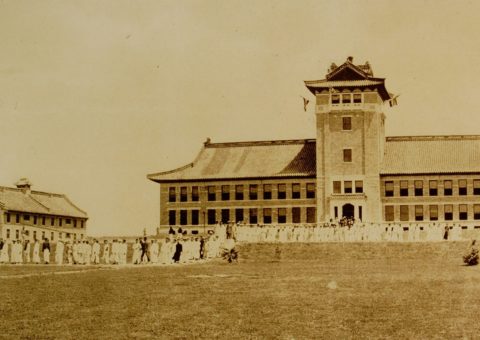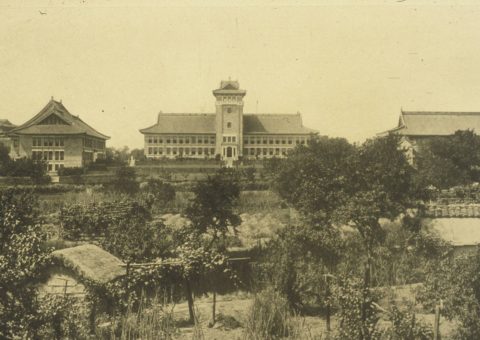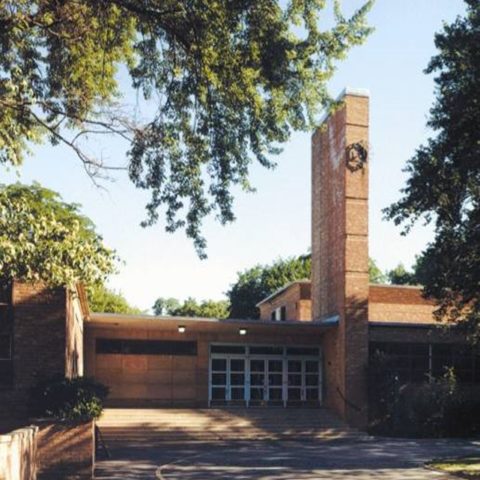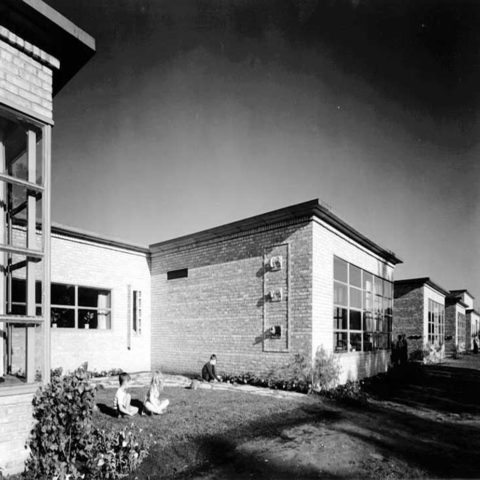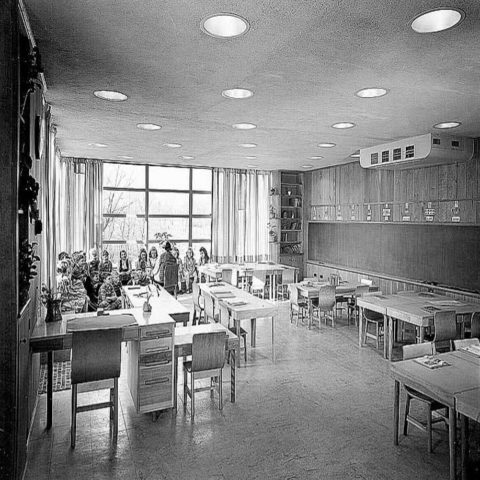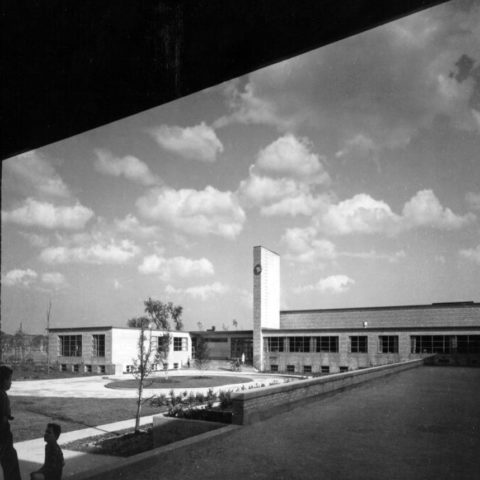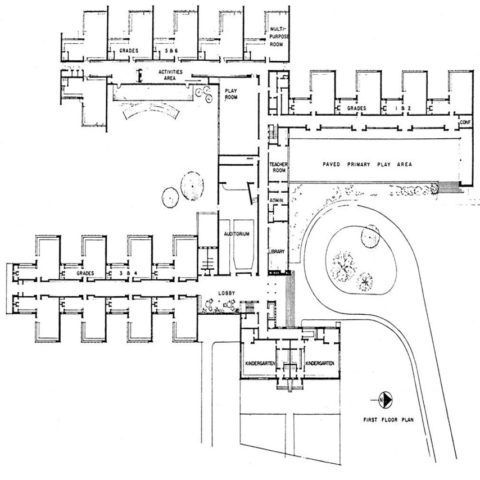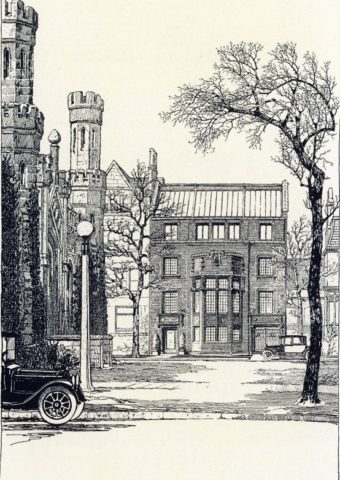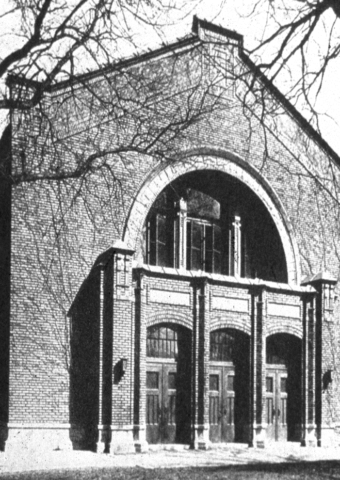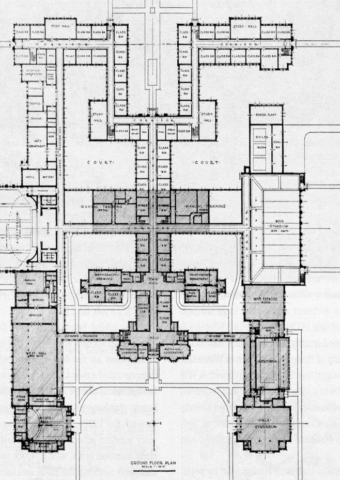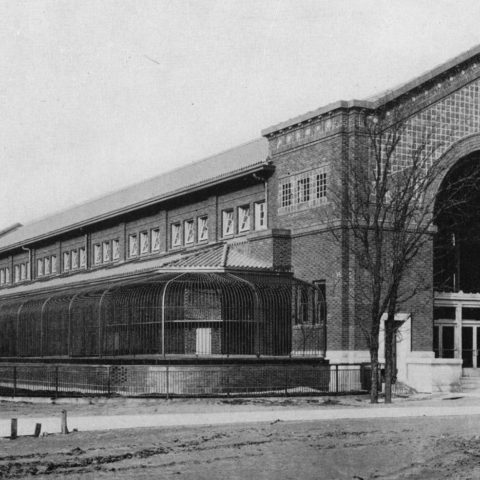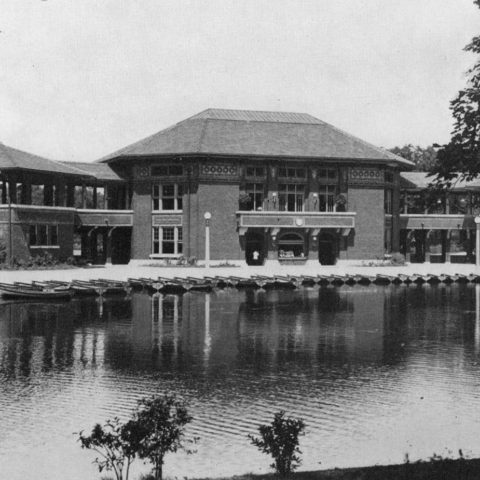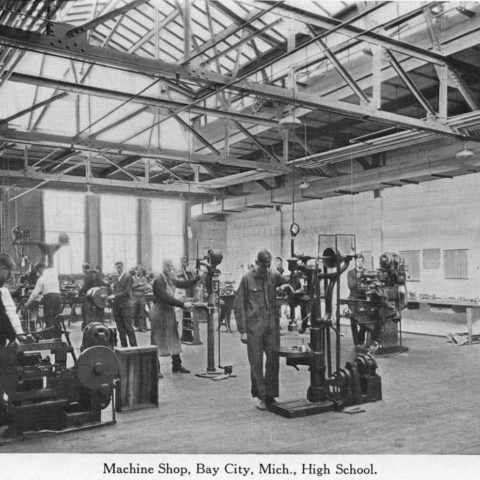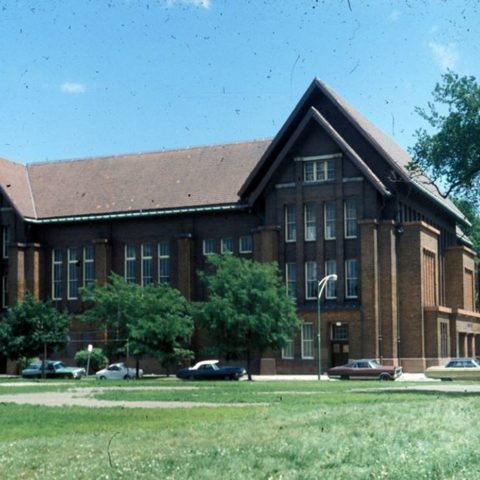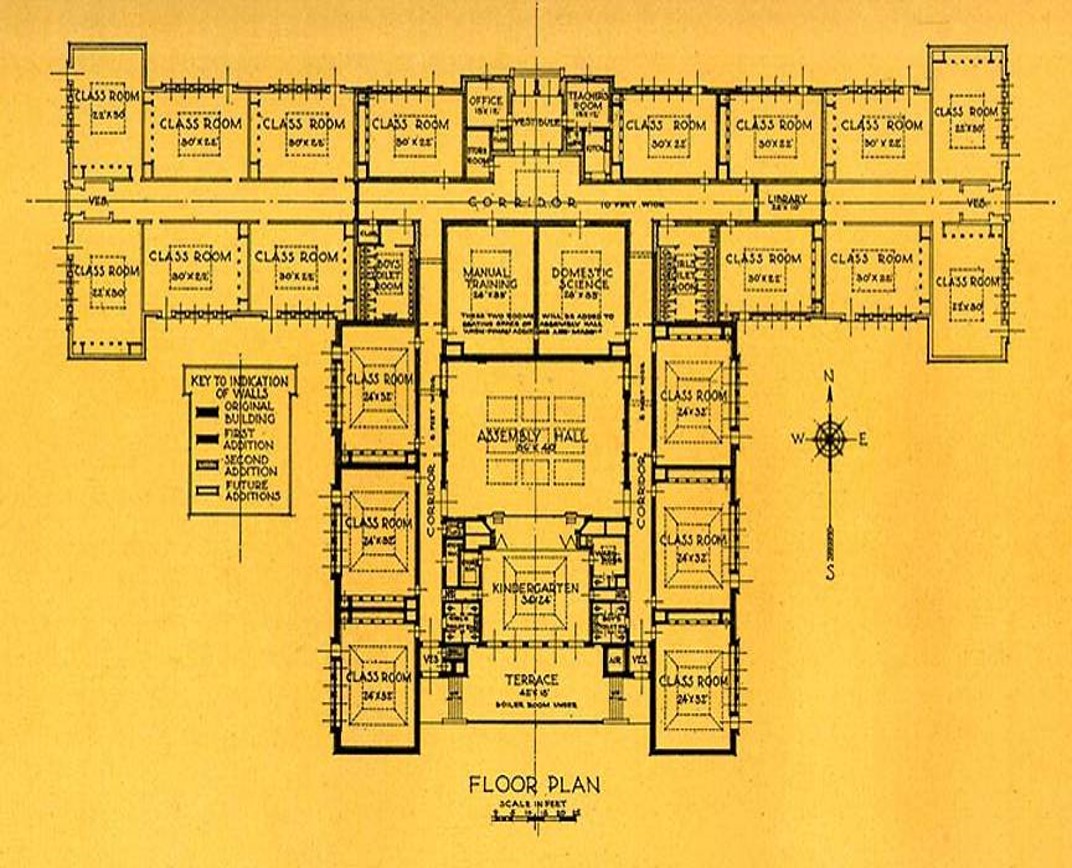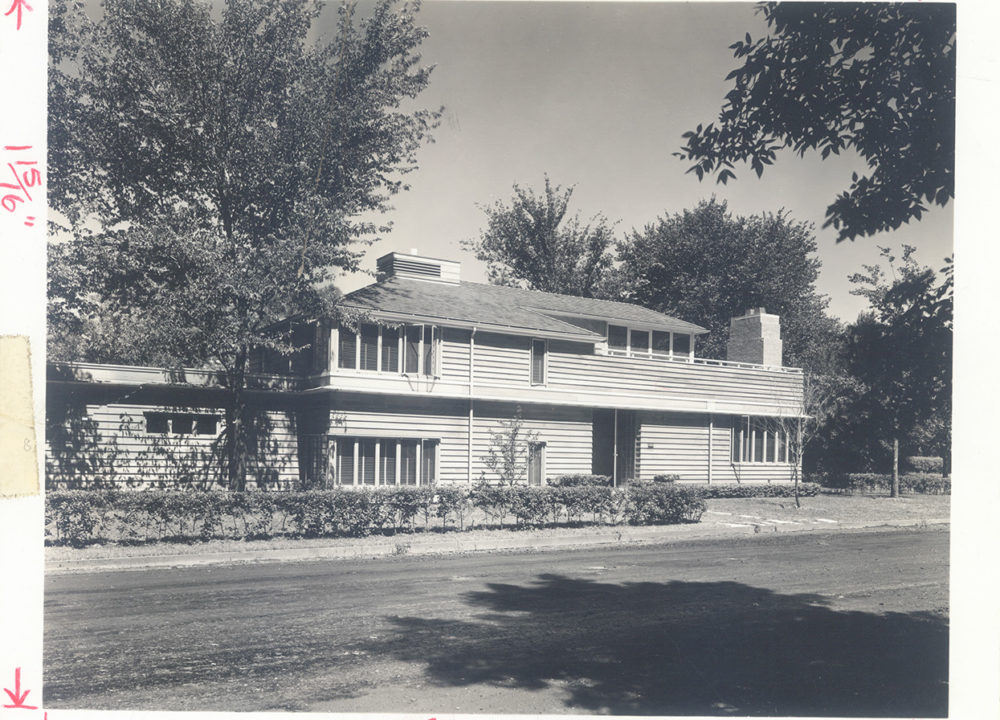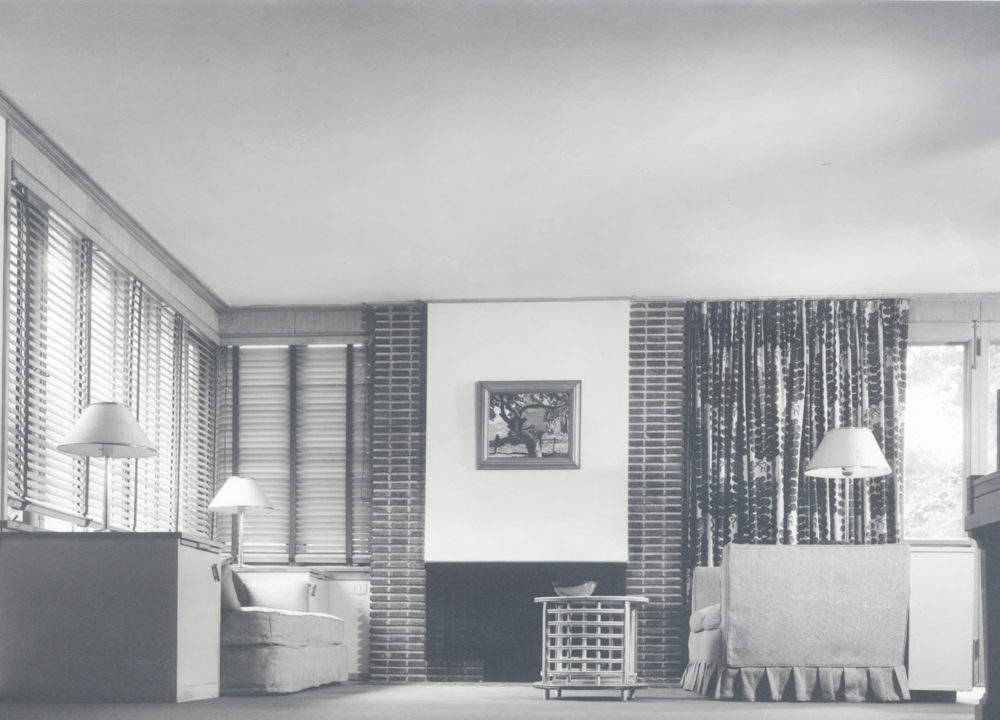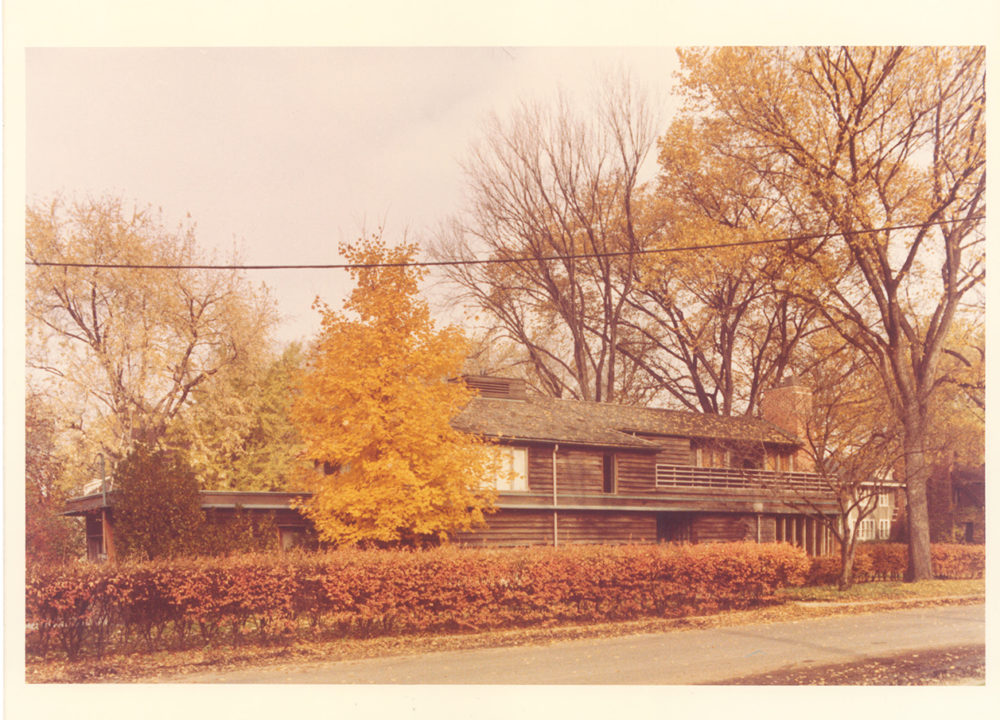Philip Will’s House (1937)
One of the most prized designs of our founder’s career, Philip Will’s own house in Evanston, Illinois was a Prairie School-inspired design flecked with Phil’s Modernist sensibilities. Completed in 1937, the low, horizontal design evokes a ship, a symbol of the Great Lakes, and Chicago’s own busy Lake Michigan waters. Though built with heavy red brick and cantilevering details, the generous ribbon windows, often wrapping around entire corners, a nod to the great Modern era, offer such abundant light that electric bulbs aren’t needed until late into the evening. Sold in 2017, the buyer called it “the most fascinating house I’ve ever seen.”



